Interview Tips
Do Your Research

Know the company
• Check out the company’s website and LinkedIn page
• Know its history, culture, size, philosophy, reputation & products
• Research the names and titles of important people
• Know its history, culture, size, philosophy, reputation & products
• Research the names and titles of important people
Know the role
• Know the skills and qualities needed
• Know your duties and responsibilities
• Find ways to stand out from other applicants
• Try to get inside information on the role and the people you’ll be working with
Goals & objectives
Interviews are better with an objective in mind. Write down what you want the interviewer to know before the interview, so you don’t miss anything. Remember, your aim is simply to get to the next stage of the interview process.
Make The Right Impression
Rapport
Sure, interviews are about meeting the job requirements, but often they are just as much about your people skills. Here’s what you need to know bout building rapport.
- Be friendly but genuine
- Ask questions about the person’s work, life or interests
- Remember details from your conversation—especially their name
- Find a balance between questions and taking turns speaking
- Use open, welcoming body language
- Be respectful of their time
Active listening
An interview is a two-way conversation rather
than simply questions and answers. Active
listening means not just hearing what is being said, but understanding and responding appropriately:
- Use body language to show you’re paying attention
- Show you understand by paraphrasing what has been said
- Never talk over the interviewer
- Ask insightful questions
Find things in common
Do your due diligence. Look for common ground with the interviewer by doing your research prior to the interview. Look out for cues during the interview, such as common interests, social events you know about or things around the office like photos, art or awards that you can ask about.
Value and respect
Although you are looking for a way to relate to your interviewer and build a friendly rapport, it is crucial to remain respectful and maintain your values.
Remember, at the end of the day they sit at a higher level than you and may very well be your boss so you don’t want to do anything to jeopardise the relationship.
Look The Part

What to wear
Dressing the part is just as important as paying attention and building a rapport. Arriving at an interview well dressed show you have put in effort, care about the role and take the company seriously.
Getting to the interview
Arriving 30 minutes early is recommended so that you’re familiar with where you need to go. Plan your route carefully and if it is one you have not taken,
practising the day before to ensure you are comfortable with the directions can be a good idea. Tell reception that you’ve arrived ten minutes before the interview.
practising the day before to ensure you are comfortable with the directions can be a good idea. Tell reception that you’ve arrived ten minutes before the interview.
Arriving early allows you:
- to deal with unexpected delays such as traffic jams, late trains misdirections
- time to take in the office environment and read company information such as brochures in reception
- time to chat with anyone you come into contact with. This not only helps you get to know the staff but is sure to relax you before your interview
At Your Interview
Body language
Body language is critical. Pay attention to it both in reception and during the interview. As soon as you see the interviewer, stand and shake their hand.
During the interview:
- Sit comfortably upright
Square your shoulders to the interviewer - Lean towards the interviewer rather than away
- Use mirroring behaviours if they feel natural
Facial expressions
Be conscious of maintaining a slight smile and eye contact. It shows you are engaged, interested and impressed. Your facial expressions, gestures and posture all send a message of your ability to connect with others and build a relationship.
While it is a professional setting, the interviewer still wants to connect with you as a person, often deciding whether you will be the right culture fit for the company.
Eye contact
It’s simple. Eye contact = confidence. It shows that you’re paying attention and are interested; all of which are traits employers look for throughout the interview process. Sometimes there can be more than one interviewer; if this is the case, make sure you share the eye contact rather than directing it at the same person the entire time.
Your handshake
When you first shake an interviewer’s hand, allow them to lead. When you’re approached, make sure you stand up to shake hands. A firm handshake exudes confidence and interest, especially when paired with eye contact; just make sure it is not too strong a handshake or this can be mistaken for control or even arrogance.
Do's & Dont's
DO
- Present yourself positively
- Listen attentively to the questions
- Ask for clarification if you don’t understand anything – questions show interest
- Pay attention to what you say and do
- When answering questions about your weaknesses, remember to describe what you learnt from the experience and how you can improve in the future
DON’T
- Interrupt the interviewer
- Disagree with the interviewer
- Talk in circles or provide irrelevant details
- Provide ‘yes’ or ‘no’ answers without further explanation
- Speak negatively about previous jobs, employers or workmates
